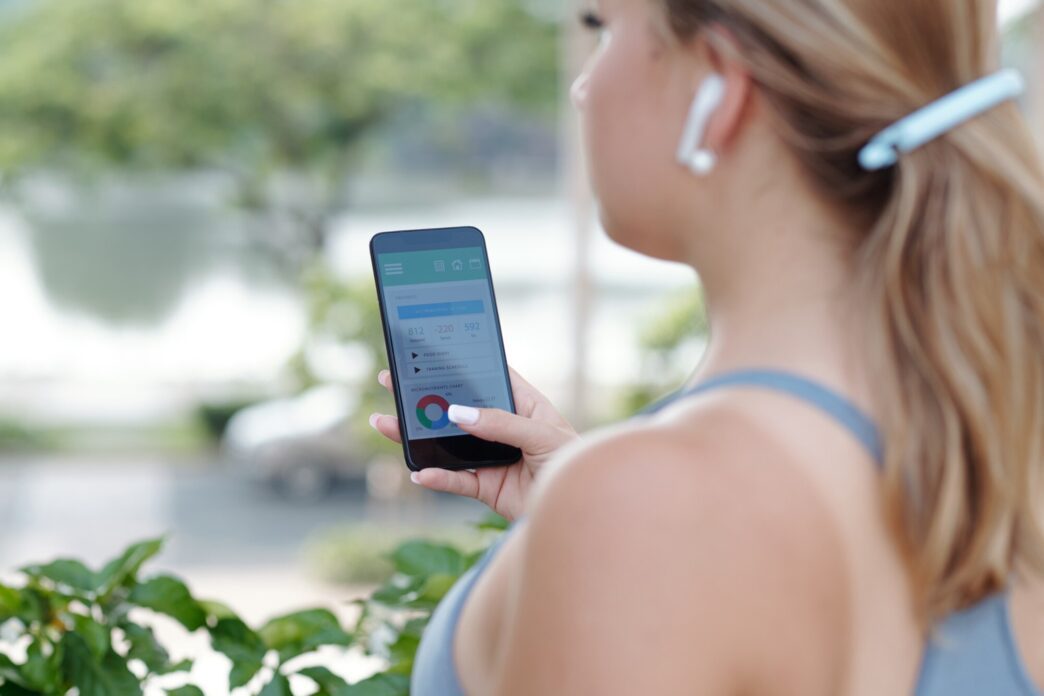A Quick Takeaway
The Story Behind the Trend
How to Make It Work for You
The Community View
The rhythmic interplay between music and movement can profoundly enhance a runner’s experience and performance, and now, innovative apps are allowing individuals to precisely synchronize their running cadence with the tempo of their favorite tunes. This technological advancement empowers runners of all levels to maintain an optimal stride rate, boost motivation, and potentially reduce injury risk by providing a consistent, audibly guided rhythm directly through their headphones during runs, whether on the track, trail, or treadmill. By intelligently matching music beats per minute (BPM) to footsteps per minute (SPM), these tools transform a simple jog into a highly coordinated and efficient workout.
The Science Behind Synchronized Running
Running cadence, defined as the number of steps taken per minute, is a critical factor in running efficiency and injury prevention. A higher, more consistent cadence can lead to a shorter ground contact time and reduced impact forces on the body, which are common culprits in many running-related injuries. Research suggests that a cadence in the range of 170-180 steps per minute is often considered optimal for many runners, though individual variations exist.
Music, with its inherent rhythm and tempo, possesses a unique ability to influence human movement. When music’s BPM aligns with a runner’s desired cadence, it creates a powerful external cue that naturally encourages the runner to match their steps to the beat. This synchronization can make maintaining a specific cadence feel more effortless and enjoyable.
How Cadence-Syncing Apps Work
These specialized running apps leverage various technologies to achieve seamless synchronization. At their core, they either analyze your running pace in real-time to adjust music tempo or allow you to select music with a specific BPM that matches your target cadence. Some apps feature extensive libraries of music pre-categorized by BPM, while others can dynamically alter the tempo of songs from your personal library or streaming services.
Many advanced apps use your phone’s accelerometer or GPS data to detect your current cadence. Based on this input, they can subtly speed up or slow down the playback of your chosen music to match your desired steps per minute. This real-time adjustment creates a dynamic audio environment that actively guides your stride rate throughout your run.
Benefits Beyond the Beat
Enhanced Efficiency and Performance
Maintaining a consistent, optimal cadence can significantly improve your running economy. When your steps are in sync with the music, your body expends less energy on unnecessary movements, leading to a more fluid and efficient stride. This can translate to faster times and less fatigue over longer distances.
Injury Prevention
A higher cadence often correlates with a shorter stride length, which can reduce the impact load on your joints, particularly the knees and hips. By encouraging a lighter, quicker footstrike, these apps can help runners adopt a form that minimizes the risk of common overuse injuries. It acts as an auditory reminder to avoid overstriding.
Increased Motivation and Enjoyment
Running with music that perfectly matches your rhythm can create a powerful sense of flow and immersion. The synergy between your movement and the beat can make runs feel less strenuous and more engaging, helping you push through challenging moments and extend your endurance. This psychological boost is invaluable for consistent training.
Integrating Cadence Apps into Your Training
Finding Your Optimal Cadence
Before diving in, take some time to determine your natural running cadence. Many GPS watches and running apps can measure this for you. Experiment with slightly increasing your cadence by 5-10 steps per minute and observe how it feels. The goal is to find a cadence that feels natural, efficient, and sustainable, not just to hit an arbitrary number.
Gradual Adjustment
If your current cadence is significantly lower than your target, make gradual adjustments. Trying to jump from 150 SPM to 175 SPM overnight can feel awkward and unnatural. Use the app to slowly increase the music BPM over several weeks, allowing your body to adapt to the new rhythm.
Varying Your Runs
While cadence-syncing apps are fantastic for consistent pacing, remember to vary your training. Use them for tempo runs, easy runs where you want to maintain a steady rhythm, or long runs where motivation is key. However, also include some runs without music to ensure you can still listen to your body and adapt to different terrains and conditions.
Considerations for Use
While the benefits are clear, it’s important to use these tools mindfully. Always be aware of your surroundings, especially when running outdoors, and consider using bone-conduction headphones or keeping the volume at a moderate level. Also, remember that while apps provide guidance, listening to your body’s signals remains paramount. If a target cadence feels uncomfortable or forced, adjust it to what feels right for you.
Unlock Your Running Potential
Harnessing the power of music to fine-tune your running cadence is a smart, evidence-based strategy for enhancing your running experience. By providing a constant, motivating rhythm, these innovative apps empower you to run more efficiently, reduce injury risk, and elevate your enjoyment. Integrating this technology thoughtfully into your routine can unlock new levels of performance and make every stride feel more purposeful and powerful.







